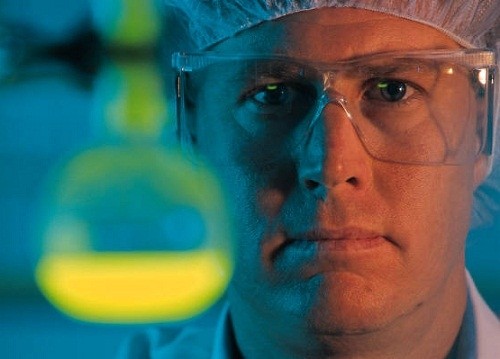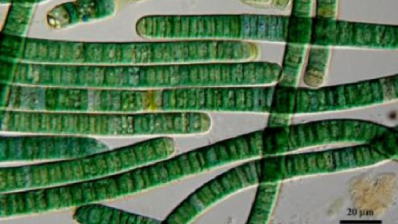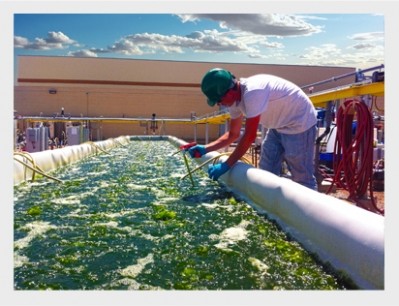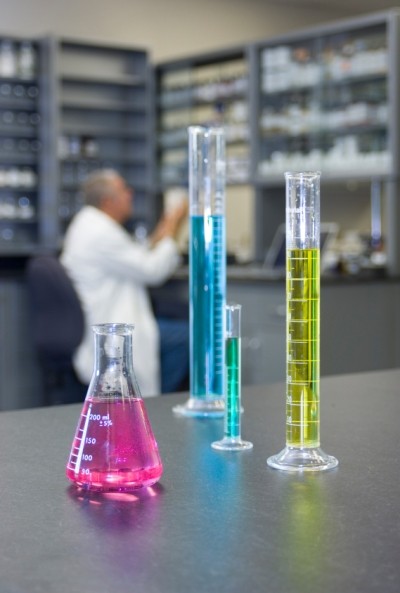Microalgae research will lead to rise in efficent production process

The 'MIRACLES' project will see the research team collaborating with some of the world’s largest companies across various sectors like cosmetics to determine how the marine ingredient can best be produced and used to develop new products in the future.
As increased aquaculture production and exploitation of new marine resources becomes popular across many industries, there is huge potential for intensive production as the resource grows up to 50 times faster than land plants.
The team will also study how microalgae can best be produced in closed land-based facilities and how different climatic conditions affect production. This sub-project will compare the production of microalgae in identical outdoor facilities in Bergen, the Canary Islands and in the Atacama Desert in Chile.
As marine extracts become increasingly important with cosmetic manufacturers, other researchers in Europe have developed a high-performance technology that mass produces microalgae which will make it possible to grow fragile species in controlled conditions - with potential applications for cosmetics.
Other research in this area..
Microalgae biomass can be made into a wide range of biofuels, but it is microalgae cosmetics that could hold the greatest promise as the extract can promote cell restoration and cohesion, making it a perfect ingredient for the likes of skin care products.
A four year collaboration between Microphyt - a specialist in this area and The French Atomic Energy Commission (CEA) an R&D innovation body, features the companies looking at how the mass production and development of molecules have the potential to be synthesized by green microalgae.
Earlier in the month, Microphyt revealed it had successfully developed flows that didn't effect circulating cells and that the two 5,000-liter units that are currently available and in operation since 2009 and 2010 have produced over 400kg of dry biomass from several fragile species, some of which is already being used in dermo-cosmetics currently on the market.
“While only a handful of species of microalgae are currently produced on an industrial scale, the technology being developed now, by reducing mechanical stress, extends the range of species that can be grown in photobioreactors,” explains a CEA spokesperson.
















